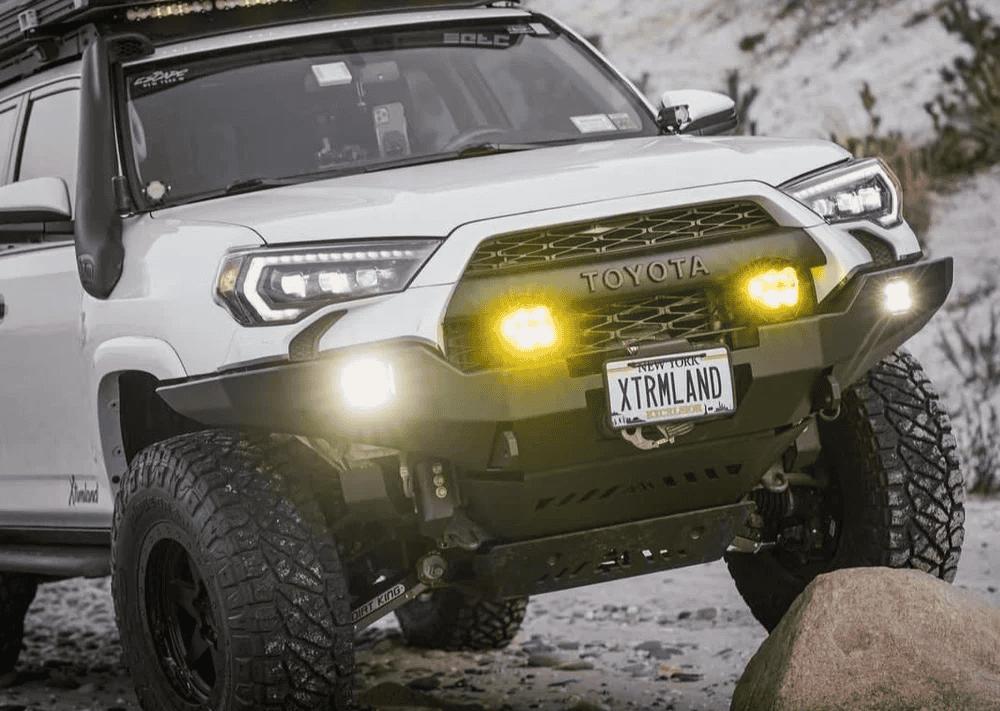Overland Vehicles

An aluminum flatbed conversion replaces a factory pickup box or van body with an open, modular deck that is lighter than comparable steel. The main draw is weight reduction that can range from a meaningful fraction of the original bed weight, which helps reclaim payload capacity and can improve ride quality when loaded. Aluminum resists corrosion, so the deck and understructure hold up well in winter road salt and coastal air. A flat deck also invites practical storage with underbody boxes, top mount boxes, and integrated tie downs that secure odd shaped loads. For people who haul tools during the week and camp on weekends, the open layout adapts quickly.
Aluminum flatbeds typically use 5000 or 6000 series alloys with extruded planks or plate for the deck and welded tubular or channel substructures for strength. While aluminum is lighter than steel, bed rigidity depends on crossmember spacing, plank thickness, and weld quality. Torsional stiffness matters when the frame flexes over uneven ground, so the subframe and deck need to distribute loads without creating stress risers. Where heavy point loads are expected, reinforcing sleeves or plates at tie downs and jack points prevent deformation. Hardware selection matters too, with stainless fasteners and anti seize to avoid galling.
Mounting the bed to the chassis is more than bolting a deck to rails. A proper conversion accounts for frame width, rake, and cab to axle length, then positions the deck so axle loads stay balanced. Isolation bushings or composite pads between bed mounts and frame help control noise and limit galvanic contact. The license plate location, bedside markers, and required reflectors must remain visible, and the tail and brake lights need correct function and brightness. Trailers benefit from a secure seven pin connector and a protected brake controller harness routed away from heat and abrasion. If a gooseneck or fifth wheel hitch is planned, the bed needs a reinforcement plate and an access door designed around the hitch footprint.
Every platform brings a few quirks. Fuel filler and diesel exhaust fluid inlets need solid brackets and flexible couplers to prevent cracking. Rear parking sensors and blind spot radar modules require clear sight lines, which can mean relocating or recess mounting sensors into the new rear bar. Cameras should be repositioned to maintain field of view. On trucks with air suspension or load leveling, wiring extensions should be sealed and strain relieved. For vans, the rear doors and hinges must clear the deck and headache rack, and the deck length should not hinder spare tire access.
A clean aluminum flatbed conversion still has to meet lighting rules. That means functioning tail, stop, turn, reverse, and license plate lights with proper reflectors. Some states require mud flaps based on tire coverage, and all loads must be contained and secured. Tie down rings should have published working load limits, and a headache rack should protect the cab while leaving room for third brake lights. Deck surface matters as well. Extruded planks shed water and resist dents while textured plate offers traction in snow and rain. Consider integrated steps and grab points to make climbing on and off the deck safer with work boots or trail shoes.
Electrical reliability starts with sealed connectors and heat shrink butt splices protected inside loom. New light bars or rear bumpers should share a common ground path with the chassis, and any added power demands need fused circuits that do not overload factory wiring. If the platform uses a smart trailer module, ensure it sees the correct load from LED lights or use resistors as needed. Calibrate sensor systems after relocation to avoid false alerts. For night driving, add reverse scene lights that do not blind following traffic and route switch leads to a weatherproof panel within easy reach.
Most drivers choose aluminum for long term durability, easy maintenance, and flexible storage. The deck can carry lumber one day, a slide in camper the next, and a spare fuel cell when you head into remote terrain. Just as important, a lighter bed helps when you add boxes, a rear bar, or recovery gear without pushing the vehicle toward its gross vehicle weight rating. The right design improves how the truck or van works, not just how it looks.
A well planned aluminum flatbed conversion also plays nicely with off grid travel. Clearance for departure angles, protected wiring, and stout recovery points keep you rolling on forest roads and desert tracks. If you run air compressors, fridges, or inverters, leave space for a tidy power cabinet with ventilation and service access. The result is a deck that hauls, camps, and works without compromise.
When you want that utility aimed at adventure, our team builds flatbeds that mesh with full vehicle systems. See how we approach capability with our Overland rigs and how structure, wiring, and storage come together on a real trail ready platform. If you are planning armor, racks, and power at the same time, explore our Custom overland upfit approach to integrate the bed with suspension, lighting, and onboard power.
Your platform, your payload, and your routes deserve a flatbed that fits like a tailored kit. We start with how you use the rig, then map mounting points, boxes, lighting, and power around that mission. Curious about process and quality. Read more at Why choose OZK Customs and see how experience translates into clean, reliable builds.
Ready to replace your factory box with a lighter, smarter aluminum flatbed conversion built for real use. Share your platform, cargo needs, and travel goals, and we will spec a deck, boxes, power, and lighting that work together. Fill out the form to get a tailored quote and a clean path from concept to keys.
ADDRESS:
6159 E Huntsville Rd, Fayetteville, AR 72701
PHONE:
(479) 326-9200
EMAIL:
info@ozkvans.com